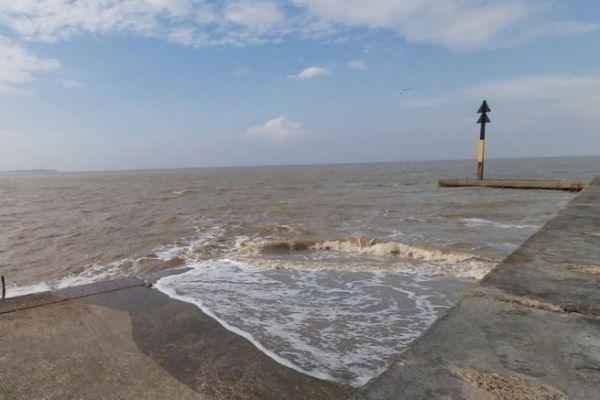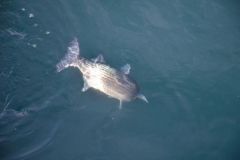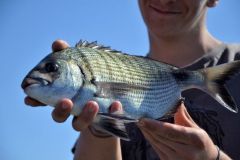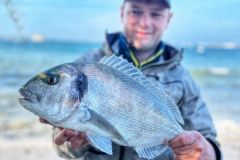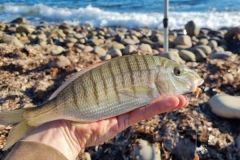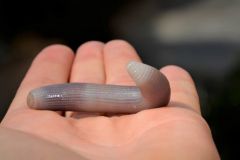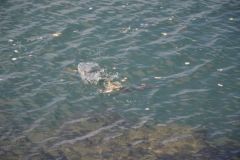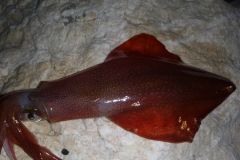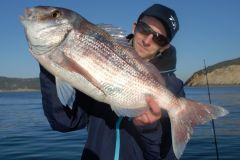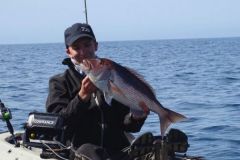Where to fish for coup de mer?
The first thing to look for is holes, breaks or juts. If you come across a place where waves form offshore and you see them breaking and reforming much later, there's a hole. It's at this break that the wave breaks and rolls away, taking with it all the living organisms washed up by the currents. It's the ideal spot for fishing.
The key is to focus on the start of an agitation and not to wait. Because once all the seabed has been stirred up, and all the organisms that weren't sufficiently buried have been lifted off, it's too late. As marine worms and shellfish feel the sea rise more and more, and as the sandy bottom is shaken more and more, they will naturally sink deeper.
Riprap dykes are also great places to fish when the sea is rough. Riprap is an impressive habitat for crustaceans, multitudes of shellfish and marine worms.
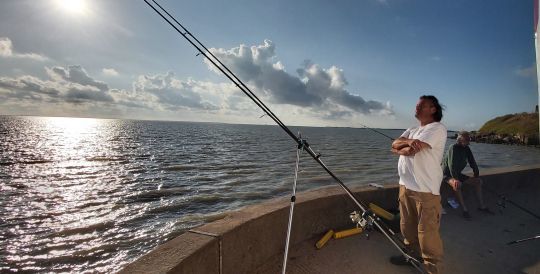
Don't wait
As soon as the seas start to rise, the seabed begins to move, and all marine worms and shellfish can be lifted off the bottom, making them much more accessible prey. Schools of forage fish also become much easier prey to catch, as the water becomes darker and predators can make their approach more stealthily. The longer you wait, the calmer the sea will become, the less active the fish will be and the feeding frenzy will disappear.
To determine where to go fishing if a gale is forecast, you need to learn and know how to read the waters so as not to place yourself just anywhere. There are a few rules that can help you, such as rolling waves, and if there's a lot of foam over a very long distance, you're looking at a place with very little bottom.
On the Atlantic coast and the English Channel, there's the advantage of the tides. When the tide is low, it's easier to read the sea. It's easy to see the water veins, bays, holes and sandbanks. This can help us, but it's not easy, once the sea is high, to spot what we saw at low tide.
Observation is the key to understanding wave clues. The higher the wave, the less water, and if it breaks, it means there's a lot more bottom. It's vital to take this phenomenon into consideration to improve your fishing.
Solid assemblies
As far as rigs are concerned, given the state of the sea, it's not necessary to fish super-fine. You can easily adjust the diameter of your leaders according to the bait you're using and the fish you're after. Avoid going below 30 hundredths.
A length of 1.5 to 2 metres for the leader is a minimum, with long enough shafts so that the line and especially the bait used swims naturally.
Keep a close eye on the tip of your rods and adjust your reels. Bites can be very violent. With the force of the waves and the current, the fish will quickly unhook if you don't react quickly. The fish will inevitably take advantage of the currents and water movements during the fight by going sideways.
Use the waves and current to bring the fish to you. When the waves recede, give your line and lower your rod. When the wave rises, take advantage of it to bring in your catch. Be patient, because at some point the fish will tire and you'll be able to take advantage of a wave to land it in the dry.
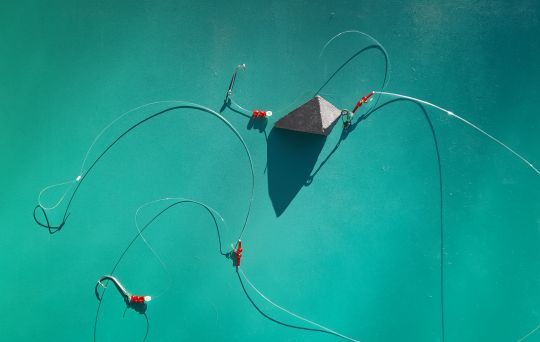
Precision
When you're out fishing, once you've decided where to fish, you mustn't cast your rig just anywhere and anyhow. You need to be very precise, because a few meters away, the fish will be absent and won't come to your baits. Your rigs should be cast with precision, right at the break where the hole begins to form, or at the entrance to a bay, or along a riprap. Precision is the key to success.
If there's a lot of current, take care to choose the type of sinker you're going to use. They need to stay on the bottom and not drift at high speed. Grapple sinkers or star sinkers hold very well on rough bottoms. A minimum weight of 150 grams is essential. A slight controlled drift is acceptable, but your rig should not be allowed to drift too much in currents.

 /
/ 